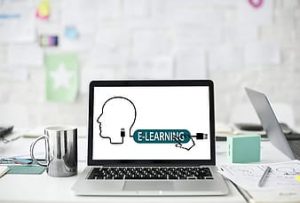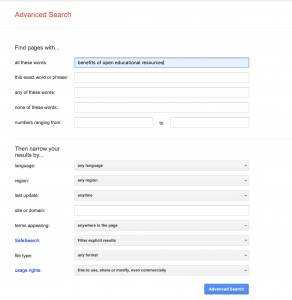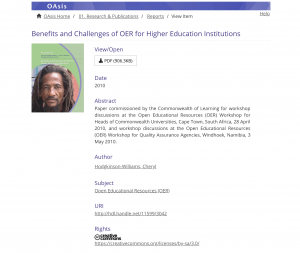Four Reflection
FLOE is a resource to personalize how people learn and address barriers on an  individual basis (floe flexible learning for open education., n.d. para. 1). I resonate strongly with the statement that addresses how each individual learns differently. I remember throughout my high school education, I often struggled with reading comprehension and I would discuss with the teacher about my results. The feedback they would give to me would be something along the lines that my thought process was wrong and that I needed to think about the article in a different way. I never really understood how I needed to change the way I think. For instance, when you ask individuals to describe how a car crash happened, every single individual saw the same incident, but in a different way. There are many different learning styles that people can learn from. When designing learning tools for individuals, one needs to consider that people think differently and learners learn differently. For example, certain people can apply visual aids as cues to recall information, and certain people can apply audio cues to recall information. Neither technique can be described as superior, but one can be more helpful than the other in specific circumstances.
individual basis (floe flexible learning for open education., n.d. para. 1). I resonate strongly with the statement that addresses how each individual learns differently. I remember throughout my high school education, I often struggled with reading comprehension and I would discuss with the teacher about my results. The feedback they would give to me would be something along the lines that my thought process was wrong and that I needed to think about the article in a different way. I never really understood how I needed to change the way I think. For instance, when you ask individuals to describe how a car crash happened, every single individual saw the same incident, but in a different way. There are many different learning styles that people can learn from. When designing learning tools for individuals, one needs to consider that people think differently and learners learn differently. For example, certain people can apply visual aids as cues to recall information, and certain people can apply audio cues to recall information. Neither technique can be described as superior, but one can be more helpful than the other in specific circumstances.
Throughout my university schooling, I often found reading my textbook as a tedious task and would often put it off. I eventually found a tool that would read my digital textbook to me. It was a way to transform and select alternative educational resources to fit individual needs is essential for a learning experience (floe flexible learning for open education., n.d. para. 3). Such applications could help barriers students may have. individuals with cognitive disabilities may benefit from such tools.
Security architecture is also a great tool to have. This allows complete control over who has access to your preferences (floe flexible learning for open education., n.d. para. 10). As technology evolved, security should follow in the same timeline. Throughout my degree in Health Information Science, professors emphasize the importance of security within the databases in the healthcare system. For instance, personal information provided in confidence to healthcare providers must be kept secure – information such as addresses, personal identifiers, etc. For that reason, I see the importance of security to be embedded in technology as I am often educated on the emphasis of the two.
Sonification is one in which I would need more clarification, however, I understand the overall concept of it. I tried the demo of it and it didn’t seem to work the way I thought it would. The demo read the section of the chart but not the numbers associated with it, which I think would be another beneficial feature. I also found the metadata component confusing. My knowledge of metadata is data that provides information to other data. I did not understand what the demo could provide to help users.
To address universal learning design, does one need to focus on specific learning types or rather than an overall objective. There are many learning types, such as visual, aural, verbal, physical, logical, social, and solitary (Overview of learning styles., n.d.). Would a FLOE need to include many different learning types or just emphasize on one.
(n.d.). Retrieved from https://images.app.goo.gl/FK4hU5KQWEiUqQUF6
floe flexible learning for open education. (n.d.). Retrieved from https://floeproject.org/
Floe Project: Inclusive Learning Design Handbook. (n.d.). Retrieved from https://via.hypothes.is/https:/handbook.floeproject.org/
Overview of learning styles. (n.d.). Retrieved from https://www.learning-styles-online.com/overview/


 I did not mind this, rather, as I much preferred having direction and to know what is expected from me. I have found with previous experiences of taking online courses, I was often lost on where to start and how to proceed. For example, I took an online course in high school and I found it difficult to know what the teacher expected with regards to assignments or where to start. In a classroom setting, the first class is often left
I did not mind this, rather, as I much preferred having direction and to know what is expected from me. I have found with previous experiences of taking online courses, I was often lost on where to start and how to proceed. For example, I took an online course in high school and I found it difficult to know what the teacher expected with regards to assignments or where to start. In a classroom setting, the first class is often left